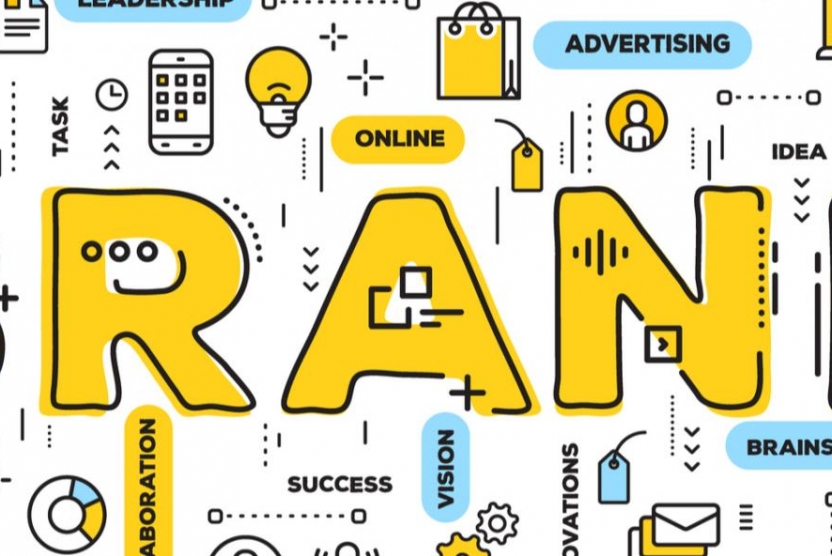Basic Design Terms Primer: Part 1
December 7, 2017 By Chad McComsey, aka TheChad
Often, basic misunderstandings end up causing stressful situations and tend to prolong the timeline of a project. Because design is so encompassing, a graphic designer needs to be familiar with multiple areas of the design process to be effective. At the very least, they should be familiar with basic design terms and subjects like typography, photography, and especially production. These are critical to understand for success.
These aspects of the process have a myriad of terminologies that, to excel, a designer should be familiar with. Although there is a plethora of information available, there are a few basic design terms and concepts a designer should know:
Gestalt
First and foremost, every designer should know the term “Gestalt” and the “Gestalt Principles”. Gestalt is a psychological term used in studies of visual perception. It focuses on how people visually organize elements by grouping them into “Unified Wholes” when certain principles are applied. These are known as “The Gestalt Principles”.
The five Gestalt Principles are Similarity, Continuation, Closure, Proximity, and Figure/Ground. Graphic designers implement these principles in various combinations to create impactful layouts, emphasize graphic elements, and build strong branding.
Kerning
The term “Kerning” comes from the design concentration of typography about the spacing between individual letters. Designers often use kerning in certain words where letter combinations may appear awkward or hard to read.
Letters like the lower-case “f” and “i”, when side-by-side, can look strange. Some fonts include special characters or glyphs to replace those visually off-putting combinations. A common mistake in Typography is confusing “Tracking” or “Leading” for Kerning. Tracking refers to the letter-spacing of an entire line or block of text. Leading is the term used to describe the space between lines of text.
Resolution
In graphic design, “Resolution” is a measure of detail in an image and is often synonymous with quality. Common resolution is measured in two primary ways; DPI and PPI. PPI refers to “Pixels Per Inch” and is the primary measure of quality for on-screen and web-quality production. DPI means “Dots Per Inch” and is primarily considered with raster images and high-quality printing on paper.
This is one of the differences between web design and print design. However, in each, the space occupied by pixels or dots of ink is the same; one inch. However, DPI should be based on the final printed size of your image. Since DPI is based on how much ink gets put into one inch of space, that space needs to be defined first.
For example, if I have a 1,000-pixel wide image and I place it on an 8.5 x 11-inch document that is 300DPI, then that image will be significantly smaller than if I placed it on the same-sized document that was 72DPI. The reason for this being that more of the image’s pixels are being forced into that inch of space. PPI is more literal in that the more pixels per inch, the more detailed and larger an image becomes.
Paying attention to basic design terms like these can help you choose the right fonts for your graphic design or website design. They are also essential for using fonts effectively in website design. If you ever get confused when talking to a designer, drop us a line or a comment! We’ll be glad to help you out.

View Comments